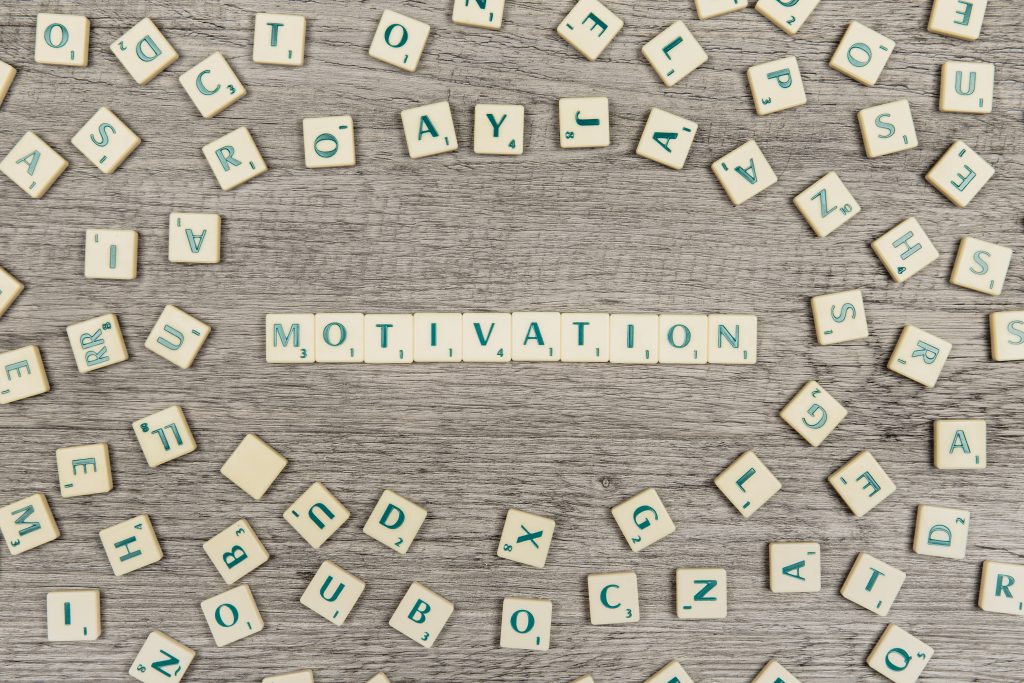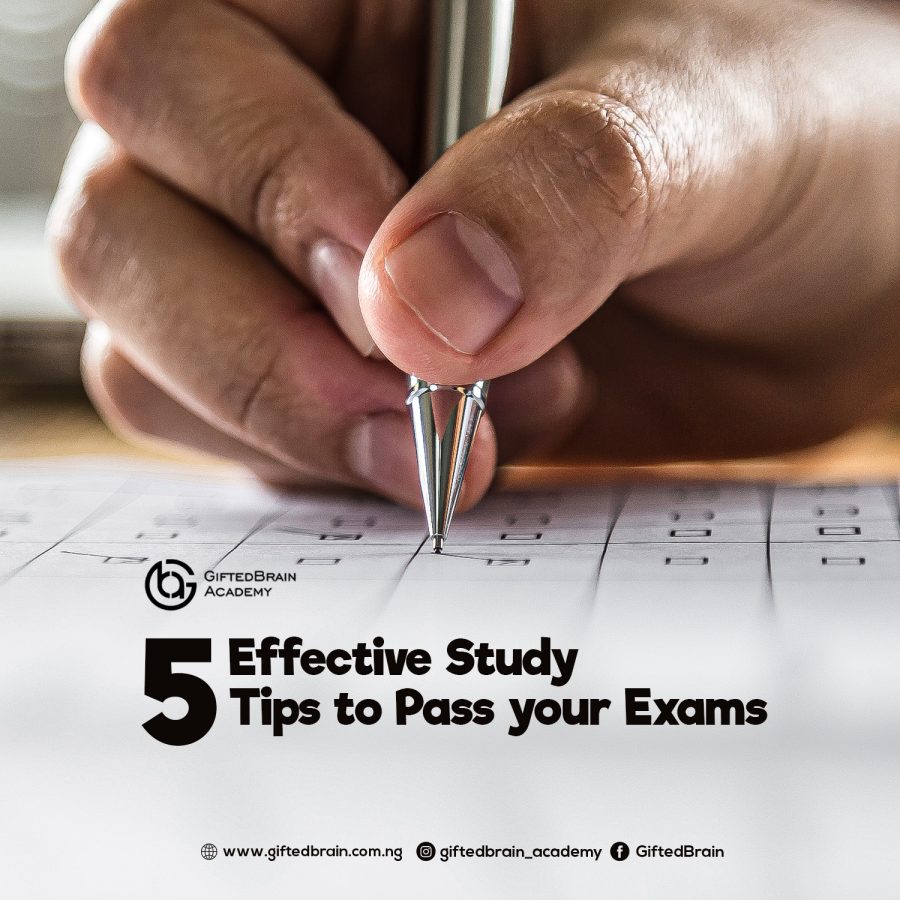Nelson Dellis, a popular memory champion, entered the world of memory exercises with one goal in mind: to preserve his memory so that his chances of developing Alzheimer’s disease in the future are slim. Although admirable, it appears to be quite a compelling reason to pay attention to our brain and memory, and only a few people may be motivated by something so extreme.
Because a healthy brain is required to function and be productive, it is critical to take care of it. Engaging in exercises that improve our memory, thinking, and focus is one way to ensure a healthy brain, as these are some of the important tasks assigned to the brain.
This article will look at 15 different brain exercises to improve the above.
1. Meditation
Have you discovered that it can be difficult to meditate? Meditation has become difficult for some people in today’s fast-paced world full of distractions; however, if we want to increase our attention span, this is one way to do it.
Meditation entails focusing attention in a calm and controlled manner. It has been demonstrated to have numerous benefits for both the brain and the body. It aids in the enhancement of cognitive processes such as attention, working memory, and executive functions, as well as metacognitive abilities such as organization, planning, and problem-solving abilities.

According to Mindful, below are some steps you can take to practice meditation:
1) Take a seat.
Find a seat that gives you a sense of calm and quiet.
2) Establish a time limit.
If you’re just starting, a short time, such as five or ten minutes, can be beneficial.
3) Pay attention to your body.
You can sit in a chair with your feet on the floor, cross-legged, or kneel; all are acceptable. Just make sure you’re in a stable position that you can stay in for a while.
4) Pay attention to your breathing.
Follow the sensation of your breath as it comes in and out.
5) Recognize when your thoughts have wandered.
Your attention will inevitably wander away from your breath and to other places. Simply return your attention to the breath when you notice your mind has wandered for a few seconds, a minute, or five minutes.
6) Be gentle with your wandering mind.
Don’t pass judgment on yourself or obsess over the contents of your thoughts. Simply come back.
7) End with kindness
When you’re ready, gently lift your gaze (or open your eyes if they’re closed). Take a moment to listen for any sounds in the environment. Take note of how your body feels right now. Take note of your thoughts and emotions.
That’s all. Try it several times and remember to bring your mind back when it wanders. Do this as kindly as possible.
2. Visualisation
Visualization is the process of creating a mental image to represent information. The mental image could be pictures or animated scenes.
Visualization is another skill that has deteriorated over time. Try visualizing the spelling of a word in your head to see how difficult it can be. Nonetheless, research has shown that visualization is the key to effective learning.
Next time, just before you start repeating those words to learn them, visualize them in your mind and see how much better they work.
3. Playing strategic and memory games
Memory games like Sudoku and crossword puzzles test a person’s short-term memory and ability to remember patterns, whereas strategy games like chess, go, and bridge involve planning moves, evaluating consequences, and keeping information in mind – all great mental workouts. They are an easy and enjoyable way to engage the brain and activate areas associated with pattern recognition and recall.
To play well, you must use your brain power in a variety of cognitively demanding ways. To deeply visualize the board and keep track of changing conditions, you must have intense focus and concentration. To determine the best moves, strategic thinking necessitates weighing options, predicting outcomes, and conducting logical analysis.
To remember previous moves and patterns, you must use working memory. Long-term strategy development also improves mental foresight. Making quick movements trains mental speed and agility. Your brain improves its ability to switch between divergent and convergent thinking modes as you learn and practice a strategy or memory game. Pattern recognition, critical thinking, and problem-solving abilities all improve. Playing against other people increases motivation and mental stamina.
What strategic or memory game are you going to play today?
4. Learning new skills
Learning a new skill forces your brain to form new connections and strengthen existing ones. Learning and practising a new technique creates neural pathways that improve memory, cognition, and concentration. Learning to play a musical instrument, for example, necessitates memorizing new information about music theory and instrument technique. It also requires concentrated practice to improve muscle memory and coordination. The mental stretch challenge combined with repetition strengthens connections between brain cells related to memory, thinking, and focus.
The benefits of studying painting, martial arts, a new language, or any intellectually challenging skill extend to other areas. You may notice an improvement in your memory for facts, events, and instructions. As your brain becomes conditioned through skill acquisition, your ability to concentrate on tasks improves. Learning something new strategically strengthens the brain’s focus and memory capacity. Making time for a new hobby or skill can result in lifelong cognitive gains.
What new skill will you begin to learn?
5. Playing video games
Some video games, such as action, puzzle, and strategy games, have been shown in studies to improve focus and memory. Playing video games forces you to learn the game environment and pay close attention in order not to lose. Playing against an opponent can also be a lot of fun and engaging, and it can be a great way to unwind.
I guess now is the time to purchase a video game console.
6. Learning new words

Increasing one’s vocabulary is an excellent way to broaden one’s knowledge while also exercising the brain.
Learn new words to spice up your day while also exercising your brain; you’ll discover some pretty strange and interesting words.
Reading a book or watching a TV show and noting any unfamiliar words is one way to intentionally learn new words. You can then use a dictionary to look up the definition of the word and brainstorm ways to use it in a sentence. This would be enjoyable for you as well.
Try it out and let us know!
7. Learning a new language
The brain is stimulated by the listening and hearing involved in learning a new language. Furthermore, being bilingual was linked to a lower risk of developing dementia in a meta-analysis published in Psychonomic Bulletin & Review in October 2020.
Language learning apps or online courses, which provide a structured and convenient approach to learning a new language, are a good place to start.
Have you ever considered learning Korean, Chinese, or another language from foreign films you enjoy? This could be an excellent time to jump in and start learning.
8. Exercising
Regular physical activity benefits both the brain and the body. According to popular brain coach Jim Kwik, as the body moves, the brain grooves. As a general rule, any aerobic exercise that causes your heart to beat faster is beneficial to your brain. Swimming, jogging, running, dancing, cycling, tennis, and jumping rope are examples of such exercises.
Will you start working out today?
9. Socializing

Socializing can also be a mentally stimulating leisure activity that can aid in cognitive function preservation. A 2019 study discovered that people who had more frequent social contact had a lower risk of cognitive decline and dementia. One way to accomplish this is to spend time with friends playing games, having discussions, or participating in social sports.
10. Calculating maths in your head
If you want to significantly improve your brain, you should practice this more frequently. We’ve become so distracted by our devices – Jim Kwik refers to them as the “supervillains of learning” – that we’ve developed short attention spans and reduced focus; one way to overcome this is to use our brains traditionally.
Mentally performing mathematical calculations provides a vigorous workout for the brain. When you solve math problems in your head without using external aids like calculators or pen and paper, your brain’s cognitive resources ramp up. Mental math necessitates the temporary storage of numbers in your working memory while manipulating them to arrive at solutions.
This significantly improves focus and short-term memory capacity. Visualizing math problems and procedures in your mind’s eye and exercising spatial reasoning abilities are also part of the process. Mental calculation necessitates concentration to avoid distraction and mental flexibility to approach problems in a variety of ways. The more novel or complex the math challenge, the more you will have to use your executive function, logical thinking, and problem-solving skills.
All of these cognitive abilities improve with regular practice. Practice doing math in your head during downtime, such as waiting in line, commuting, or going for a walk. This practice improves both discipline and mental stamina.
11. Regularly testing your recall
Testing your recall is a similar exercise to doing math in your head.
Make a list of items to buy, tasks to complete, or anything else that comes to mind, and memorize it. See how many items you can recall an hour later. Make the list as difficult as possible to provide the most mental stimulation. Also, try to recall names or events that occurred. Close the book at intervals while reading to test your recall. These are some methods for actively improving your memory, thinking, and focus.
12. Active Reading
Books can do much more than just entertain people. They can relieve stress, improve brain function, and increase empathy. Reading is the best brain workout, and it can improve your memory.
Reading is a form of mental exercise, so it is essential to engage in it. However, passive reading is insufficient; active reading is required. While reading, there are certain reading habits to cultivate such as taking notes or highlighting key points while reading to actively engage with the material. This will help to improve focus, comprehension, and memory retention.
13. Journaling
Journaling regularly is an excellent workout for many aspects of cognition. Journaling entails reflecting on events, articulating thoughts, and recording memories on paper. You are actively encoding your experiences, impressions, and ideas into long-term storage when you write about them. The narration process strengthens your ability to recall details by stimulating neural connections.
Journaling also forces your brain to structure your thoughts logically. As you write in your journal, you engage in focused, contemplative thinking. This improves the neural pathways involved in concentration. Journaling’s problem-solving nature can also inspire creativity and new insights. Journaling allows you to practice mental skills like organization, critical thinking, and self-expression. Capturing memories also reduces their likelihood of being forgotten. A brain dump on paper can also help to reduce mental clutter and improve focus. As you form a habit, the effects on cognition accumulate over time.
14. Using your non-dominant hand
The human brain is divided into two hemispheres, left and right, that control opposite sides of the body. The left hemisphere is associated with logical, analytical, and verbal abilities which control the right side of your body’s movement. The left side is controlled by the right hemisphere, which governs creative, intuitive, and spatial abilities.
When you perform a task with your non-dominant hand, which is controlled by the opposite hemisphere of your brain, you force both halves of your brain to collaborate. This strengthens the corpus callosum, the hemispheric bridge. Better communication between the analytical left brain and the creative right brain results from improved connectivity.
Using your less dexterous hand necessitates greater concentration and precision of movement. The extra effort activates your prefrontal cortex, which is responsible for concentration, planning, and coordination. It also stimulates the motor cortex, which is in charge of voluntary movement.
The novelty and challenge of using your weaker hand keeps your brain active and prevents you from going into ‘autopilot’ mode. This cross-training can even improve overall dexterity in both hands as your non-dominant side improves with practice.
Activities that can be done with your non-dominant hand include:
Cleaning your teeth
Using utensils to stir and eat
Making use of a computer mouse or trackpad
Twisting jar lids and opening doors
Catching/throwing a ball
Include a few non-dominant hand exercises in your daily routine. Just a few minutes now and then can help to stimulate and strengthen neural connections. It’s a simple brain hack with quantifiable cognitive benefits!
15. Sleeping
This post would not be complete without mentioning that sleeping is an important mental exercise. Sleep is essential for both the brain and the body, and it does not have to be an active exercise.
Most adults require 7 to 9 hours of sleep per night, according to the National Institute of Neurological Disorders and StrokeTrusted Source, though many people sleep less.
Sleep has numerous advantages, but some of them are that it improves memory recall, reduces mental fatigue, regulates metabolism, and so on. As a result, getting enough sleep each night is an important step in maintaining a healthy brain.
Conclusion
You are probably already doing one or two brain exercises, as you have probably noticed. However, it is critical to be deliberate in engaging in activities that will help you improve your memory, thinking, and focus. Try any of these activities to reward your brain.
Image credit to freepik.com and pexel.com.


